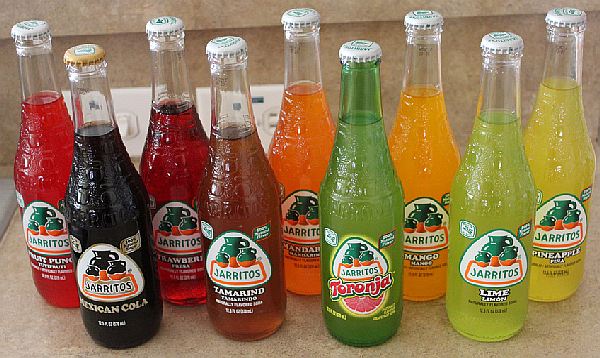Mexico City, Mexico - Mexicans drink more refrescos, or soda, than people in just about any other country, according to new research.
Stacks of glass-bottled sodas – orange pop, purple non-alcoholic sangria, Coca-Cola – are omnipresent at food stands across Mexico City, where busy workers stop for quesadillas or tamales and are as likely to down a soda at breakfast as at lunch and dinner.
But too much soda is morbidly dangerous, the American Heart Association says, based on a new analysis of data collected during the 2010 Global Burden of Diseases Study. It linked consumption of sugary drinks to diabetes and obesity-related deaths, and Mexico ranks No. 1 in the world in this category.
Researchers looked at the relationship between the quantities of sugary sodas, sports drinks, and fruit drinks consumed and the prevalence of obesity and diabetes. Latin America and the Caribbean topped 9 world regions studied, with 38,000 fatalities annually.
The study linked sugary drinks with about 180,000 deaths worldwide each year.
Mexicans chug 43 gallons of soft drinks per person, per year, versus 31 gallons per person in the United States, the world’s No. 2 consumer, according to Yale University’s Rudd Center for Food Policy and Obesity.
More than 9 million Mexicans suffer from diabetes, according to the latest health ministry data. And nearly a third of the population is overweight or obese. A separate study earlier this month by Stanford University and the Universities of California at Berkley and San Francisco resulted in similar findings: that consuming just one bubbly drink per day could increase the risk of developing Type 2 diabetes.
The trend is not unique to Mexico. Across Latin America, both the low cost of sugared drinks and lack of public health education have been an issue. Parents will fill their babies’ bottles with "fruit" refreshments that may cost less than the real thing – fresh-squeezed orange or grapefruit juice, for example – and have few natural ingredients and far more sugar than meets the eye.
Mexico’s health ministry has been campaigning to educate Mexicans about the dangers of obesity and diabetes and is encouraging prevention through healthy eating habits and regular exercise. Although Mexican law prohibits the sale of sodas and junk food inside schools, vendors of fried snacks and sodas frequently roll their colorful carts up to the door before the end of the school day. In other countries, like the Dominican Republic, an emphasis has been put on getting citizens to exercise though free exercise classes in public parks.


